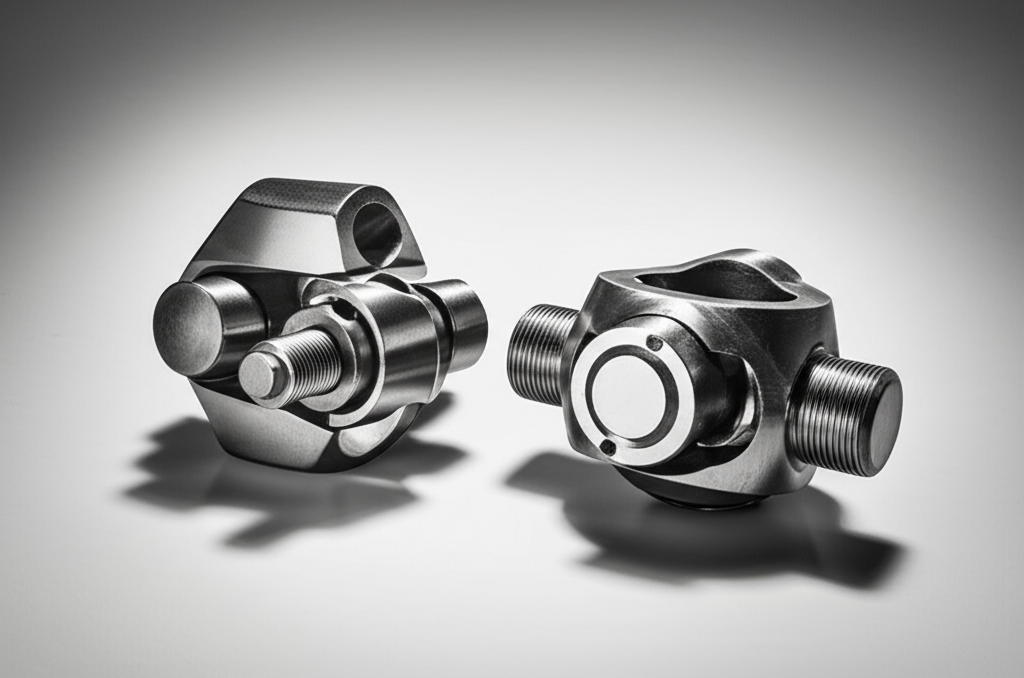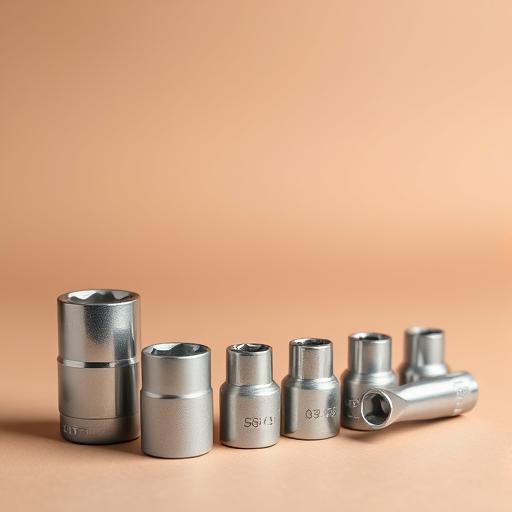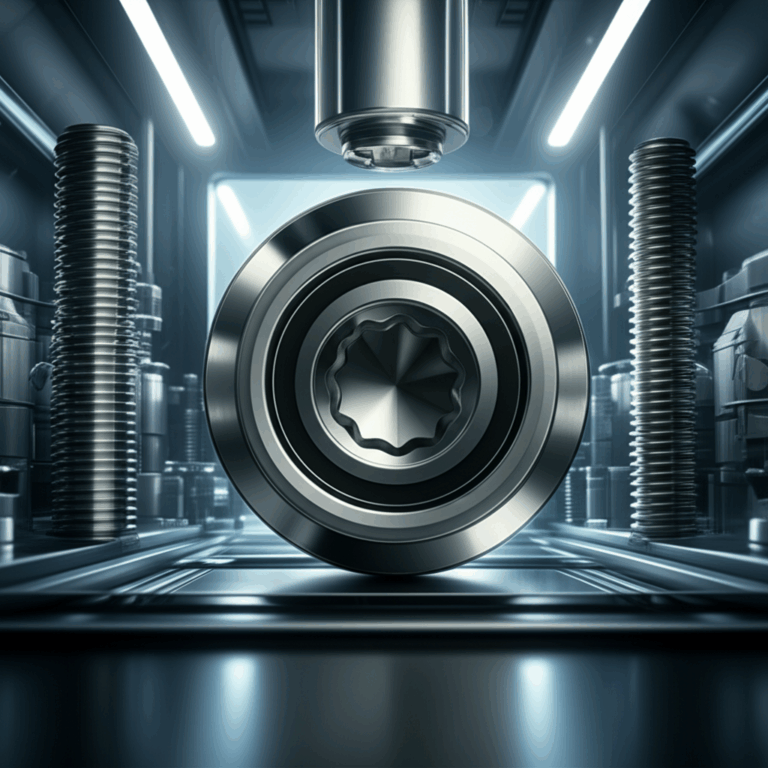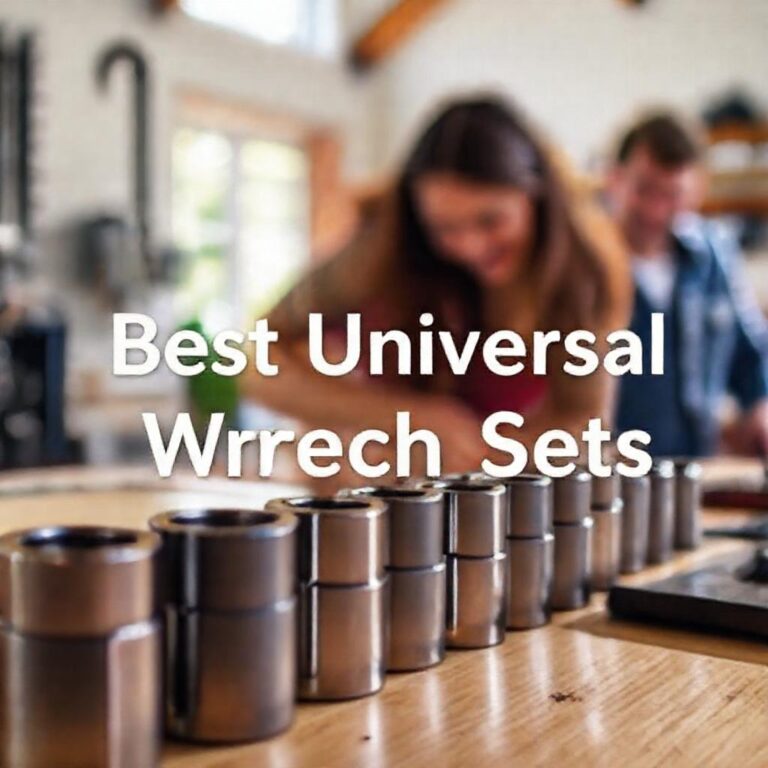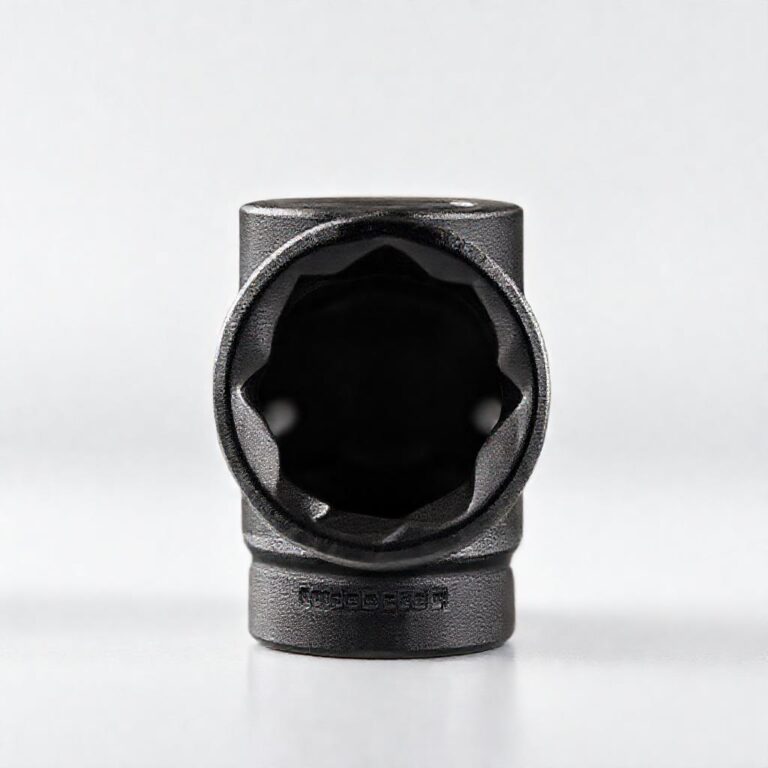Solid Vs Cross-drilled U-joints: Which One is Stronger?
When it comes to mechanical systems, universal joints (U-joints) play a crucial role in transmitting torque and rotational motion between misaligned shafts. Found in everything from automotive drivelines to industrial machinery, these components are essential for smooth operation. However, selecting the right U-joint can be tricky, especially with the ongoing debate between solid and cross-drilled designs. While solid U-joints are celebrated for their robustness, cross-drilled variants promise enhanced performance in specific scenarios. This post dives into the strengths, weaknesses, and ideal applications of both types to help you decide which one truly stands out when it comes to strength.
Understanding U-Joints: Structure and Function
What Are U-Joints and How Do They Work?
U-joints are mechanical couplings that allow rotational movement between two shafts at varying angles. They consist of a cross-shaped yoke and bearings, which work together to accommodate misalignment while transferring power efficiently. The cross connects the yokes, enabling the joint to pivot and flex under load. The effectiveness of a U-joint hinges on its material and design, as these factors directly influence its ability to handle stress and maintain durability over time.
Key Factors in U-Joint Strength
The strength of a U-joint depends on several variables, including material type, load capacity, and how stress is distributed across the structure. Common materials include carbon steel for heavy-duty applications and aluminum for lightweight setups. Load capacity and fatigue resistance are critical in environments like construction or mining, where equipment operates under extreme conditions. High-speed performance, on the other hand, demands careful attention to weight and balance to minimize vibrations and ensure stability.
Solid U-Joints: Traditional Design and Strength Advantages
What Are Solid U-Joints?
Solid U-joints feature a cross-shaped center with no drilling, maintaining a full cross-section for maximum material density. This traditional design focuses on structural integrity, making it a go-to choice for applications requiring brute strength. By preserving the metal’s continuous form, solid joints reduce weak points and enhance resistance to torsional stress.
Benefits of Solid U-Joints
High Load Capacity and Durability
Solid U-joints excel in heavy-load environments due to their ability to withstand deformation and fatigue. Their unbroken structure distributes stress evenly, minimizing the risk of failure under pressure. They are often used in bulldozers, excavators, and other equipment where reliability is paramount.
Minimal Weight Distribution Concerns
Without drilling, solid U-joints maintain uniform weight distribution, which is vital for mechanical systems operating under constant strain. This balance prevents uneven wear and ensures consistent performance over time.
Ideal Applications for Solid U-Joints
Solid U-joints are best suited for heavy machinery, mining vehicles, and industrial equipment that prioritize strength over weight savings. Their robust nature makes them ideal for scenarios where the joint is subjected to shock loads or prolonged stress.
Key Metrics
Performance metrics for Solid Vs Cross-drilled U-joints: Which One is Stronger?
Cross-Drilled U-Joints: Modern Engineering for Performance
What Are Cross-Drilled U-Joints?
Cross-drilled U-joints are machined with precision holes in the cross-shaped center. These holes serve multiple purposes: reducing rotational inertia, improving balance, and enabling better oil flow for lubrication. While the drilling process alters the material’s structure, modern engineering techniques aim to preserve strength while enhancing dynamic performance.

Advantages of Cross-Drilled U-Joints
Weight Reduction and Balance
The drilling reduces overall weight, which lowers rotational inertia and improves system responsiveness. This makes cross-drilled U-joints a favorite in high-speed applications where efficiency and balance are key to reducing vibrations and wear.
Improved High-Speed Performance
At higher RPMs, cross-drilled joints outperform solid ones by minimizing harmonic vibrations and maintaining stability. The weight savings also contribute to better fuel economy in vehicles.
Applications in Performance and Racing
These joints are widely used in racing cars, motorcycles, and high-performance machinery. Their lightweight design supports rapid acceleration and dynamic handling without compromising reliability in less extreme conditions.
Potential Strength Trade-Offs
While cross-drilled U-joints offer performance benefits, the drilling process can create stress concentration points around the holes. This may reduce their load capacity compared to solid designs, particularly in heavy-duty scenarios. However, using high-quality materials and advanced manufacturing can mitigate these risks, ensuring the joints hold up under significant strain.
Head-to-Head Comparison: Strength and Performance Metrics
Structural Strength Analysis
Solid U-joints generally exhibit higher torsional strength and fatigue resistance due to their intact cross-section. Cross-drilled joints, while slightly weaker in these metrics, compensate with precision engineering to maintain durability. Manufacturer data often highlights that solid joints reach failure points under heavier loads, while cross-drilled variants perform better under cyclic stress at high speeds.

Weight and Efficiency Considerations
Cross-drilled U-joints are lighter, improving mechanical efficiency and reducing strain on supporting components. This weight advantage is critical in racing or aerospace applications, where even minor reductions can enhance performance. However, in heavy machinery, the added weight of solid joints contributes to stability and longevity.
Cost and Maintenance Implications
Solid U-joints are typically more affordable but may require more frequent maintenance in high-speed environments. Cross-drilled joints often demand higher-quality materials to offset stress concentration, increasing upfront costs. Their smooth operation, however, can lead to lower long-term maintenance expenses in performance-driven setups.
Which U-Joint Is Stronger? A Practical Verdict
Strength Depends on Application
Solid U-joints are undeniably stronger in heavy-duty applications, where their load capacity and resistance to deformation are unmatched. Cross-drilled joints shine in high-speed or lightweight contexts, prioritizing efficiency and balance. To decide, consider whether your system values raw strength for heavy loads or performance gains from reduced weight. Consulting a mechanic or manufacturer guidelines can further clarify the best choice for your needs.
Frequently Asked Questions (FAQ)
Q1: What are the main differences between solid and cross-drilled U-joints?
Solid U-joints have a full, unbroken cross-section, offering maximum strength, while cross-drilled variants are machined with holes to reduce weight and improve balance. Solid joints focus on durability, whereas cross-drilled ones optimize performance in dynamic systems.
Q2: Which type of U-joint is stronger in high-torque environments?
Solid U-joints are the superior choice for high-torque environments. Their intact structure prevents stress fractures and ensures consistent power transmission under extreme loads, making them ideal for heavy machinery and industrial applications.
Q3: Can cross-drilled U-joints handle heavy loads as well as solid ones?
Cross-drilled U-joints may struggle with heavy loads due to stress concentration at the drilled holes. They are typically less suited for extreme conditions unless manufactured with high-strength alloys and advanced techniques to compensate.
Q4: Are cross-drilled U-joints worth the cost for performance vehicles?
For performance vehicles like race cars, the cost of cross-drilled U-joints is often justified by their weight savings and reduced vibrations. These benefits enhance speed, handling, and overall system efficiency in competitive environments.

Q5: How do I determine if my vehicle or machinery needs a solid or cross-drilled U-joint?
Assess your system’s load requirements, operating speed, and environmental conditions. Heavy machinery usually needs solid U-joints, while performance or lightweight vehicles benefit from cross-drilled ones. Always consult manufacturer specifications or a qualified mechanic for guidance.
Conclusion: Making the Right Choice for Your Mechanical System
Solid and cross-drilled U-joints each offer unique advantages—strength and durability for solid designs, and efficiency and high-speed performance for cross-drilled variants. The “stronger” option depends entirely on your application. By evaluating factors like load capacity, speed, and maintenance needs, you can select the U-joint that best aligns with your mechanical system’s demands. Whether you prioritize power or precision, making an informed choice ensures optimal performance and longevity.

